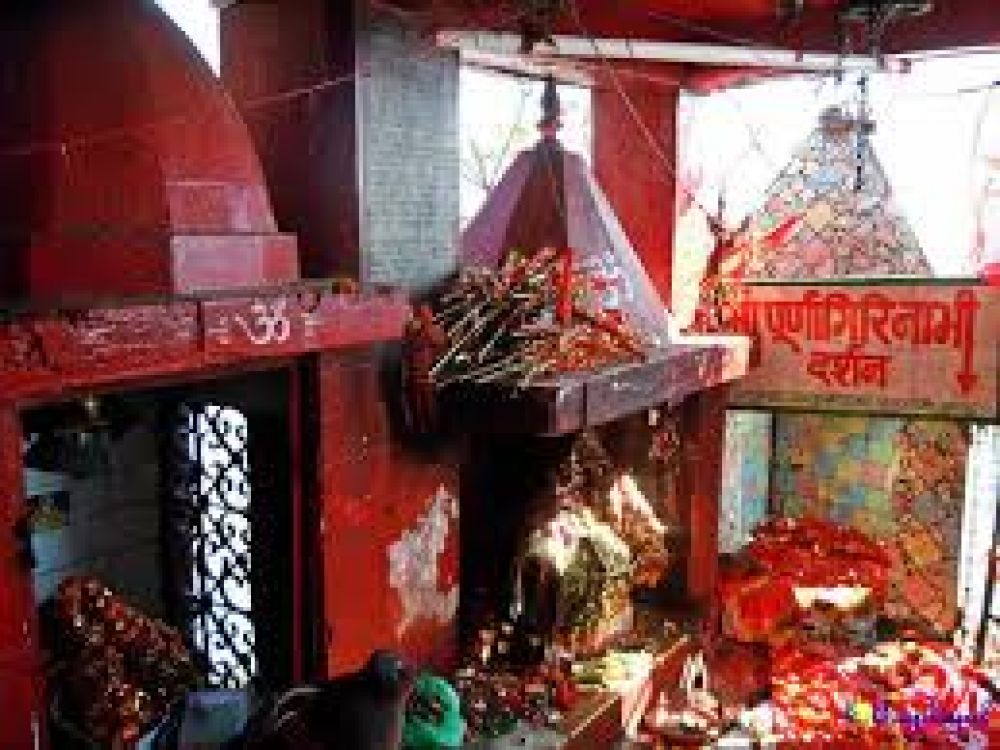

The Purnagiri Temple, located in the Champawat district of Uttarakhand, India, is an eminent shrine dedicated to the Goddess Purnagiri, also known as Punyagiri, which stands on the top of a mountain at the right bank of the river Kali. The temple resides within the beautiful landscapes of the Himalayas, attracting pilgrims and tourists alike. The history of the temple tourism dates back centuries when it was primarily visited by the local devotees. The legend associated with the temple is linked to the Hindu mythology of the Sati and Shakti Peeths, making it a crucial religious destination in the Hindu tradition.
In the past, access to the Purnagiri Temple was difficult due to the rugged terrain and lack of infrastructure. Over time, with the development of better roads and facilities, the area became more accessible, thus drawing the attention of not just spiritual travelers but also adventure seekers and nature lovers. The government and local authorities have played a significant role in upgrading the pathways, providing amenities like resting places, and ensuring the safety and comfort of the pilgrims and tourists.
The temple is most famous for hosting the Purnagiri Fair during the Chaitra Navratri between March and April, which lasts for about 40 days. This festival witnesses the largest influx of tourists and pilgrims. It is believed that visiting the temple during this time brings good fortune and blessings from the Goddess Purnagiri. The fair imbues the atmosphere with cultural vibrancy, showcasing rituals, local music, and traditional dance performances.
In recent times, there has been a significant surge in sustainable and responsible tourism practices in the area. More travelers are looking for authentic cultural experiences, which has led to local communities setting up homestays and engaging in tourism-related activities. The trend in eco-tourism and wellness holidays has also influenced tourism at Purnagiri Temple, with visitors seeking serene destinations that offer an escape from the hustle and bustle of urban life.
Moreover, the digital outreach through online platforms has greatly promoted the temple’s tourism. Virtual tours, digital storytelling, and easier online booking systems have emerged as part of the tourism trends, making the Purnagiri Temple more accessible to a global audience. The increased use of social media for travel planning has also played a role in highlighting the temple's natural beauty and its significance, thereby attracting more visitors each year.
The Purnagiri Temple in Champawat remains a timeless testament to India's rich spiritual heritage and natural splendor. With continued efforts to enhance the visitor experience and maintain the site's sanctity, it stands as a beacon for those seeking spiritual solace and adventure in the lap of the Himalayas. Tourism at Purnagiri Temple manifests a harmonious blend of ancient traditions and modern advancements, paving the way for a future where the sacred and the earthly coexist.